The first quarter of 2017 was impressive to say the least for digital health funding. According to MobiHealthNews, 46 deals were completed in January, February and March for a grand total of $1.47 billion ($1.35 billion in equity and $12 million in debt). The largest of the deals went to Verily, an Alphabet subsidiary formerly known as Google Life Sciences, which raised $800 million in funding from Temasek, a Singapore-based investment company.

A common trend among the various startups that received funding in Q1 was an abundance of patient-related apps. In general, Creighton O’Neal, vice president of client services, weighed in on the impact of this digital health funding. He noted that we are starting to see more and more of them emerge in the market. Patient engagement apps, according to O’Neal, are designed to help the patient help themselves by providing faster and access to more information than they had before. O’Neal said, “Digital healthcare startups continue to create innovative solutions and provide preventative measures to healthcare problems. One of the highest costs associated with health care are hospital stays. The more proactive we can be about a patient’s health, the more we can drive down the cost of healthcare.”
For companies looking to build software that provides an innovative healthcare solution, many newer and smaller businesses do not have a software development team in-house, especially in the startup space. Successful funding rounds, such as demonstrated in Q1, are important to Twentyseven Global because once a startup has necessary funding, we provide a solution to build out the software they need for their innovation.
O’Neal expressed optimism for the rest of 2017 and the future of digital health as whole. He said this trend proves that private companies are continuing to take it upon themselves to improve the health care system, rather than waiting on the government to make improvements. Although the stability of the economy can make it complicated to make quarterly predictions, he anticipates an upward trend for digital health funding in the long term.





